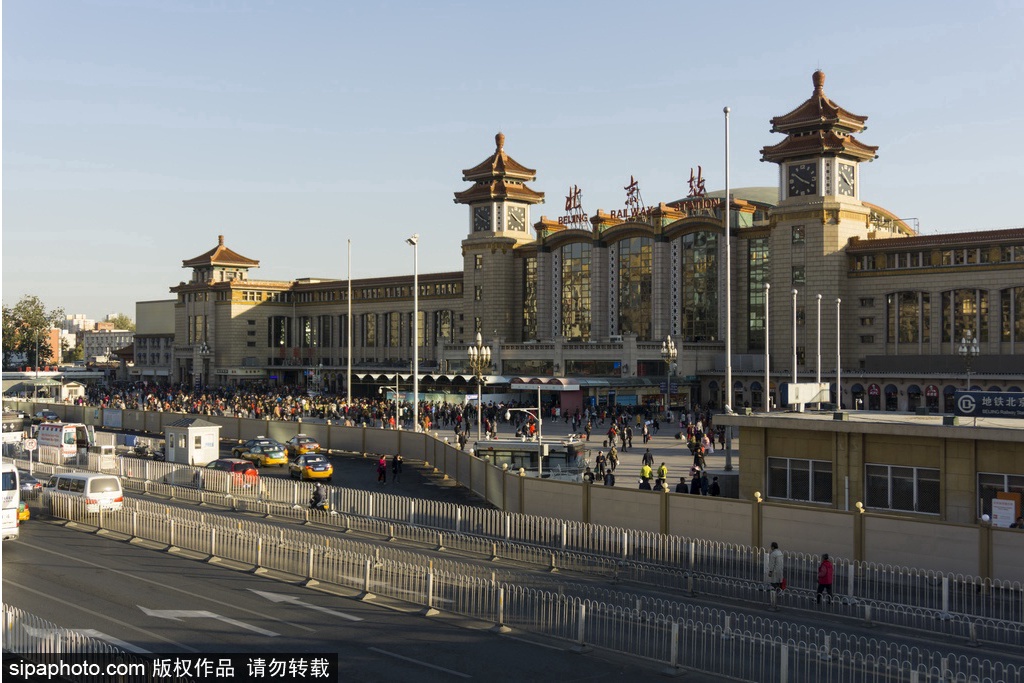
Chinese New Year, also known as the Spring Festival, is the most important festival for Chinese people. This year will be commemorating the Year of Dog starting on Feb. 16 and will last 15 days.

Customs and Traditions
Being a centuries old historical festivity the Chinese New Year has formed several customs. Generally, all family members will gather for the annual reunion dinner on New Year’s Eve. After dinner people stay up late to greet the New Year. It is believed that the longer people stay up, the longer the elderly will live.

It is also traditional for every family to thoroughly clean the house. Windows and doors are decorated with red color paper-cuts and couplets with popular themes of "good fortune" or "happiness", "wealth", and "longevity". People will post New Year Paintings on doors and walls to welcome peace and abundance. Other activities include lighting firecrackers and giving money in red paper envelopes.
Each Day’s Schedule
The 15-day Chinese New Year celebration has its special schedule each day.
First day-visit the seniors of the family and friends; welcome the gods of the heavens and earth.
Second day-married daughters visit their parents.
Third day-visit the temple of the God of Wealth.
Fourth day-corporate "spring dinners" kick off and business returns to normal.
Fifth day-known as Powu, the birthday of the God of Wealth.
Sixth day-visit relatives and friends freely.
Seventh day-Renri, the birthday of human beings.
Eighth day-another family dinner is held before people normally return to work.
Ninth day-present offerings to the Jade Emperor, the ruler of heaven.
Tenth day-birthday of the Jade Emperor.
Fifth day-Lantern Festival, people eat Yuanxiao or Tangyuan (round sticky dumplings with fillings), make and display lanterns.
Facts about Chinese New Year
1. The date varies each year
The lunisolar Chinese calendar determines the date of Lunar New Year, so it is different in each year. It is usually between January 21 and February 20 on the Gregorian calendar. This year, Chinese New Year falls on Feb. 16.
2. Each year is presided by a zodiac animal

There are in total 12 zodiac signs: Rat, Ox, Tiger, Rabbit, Dragon, Snake, Horse, Goat, Monkey, Rooster, Dog and Pig. The zodiac traditionally begins with the sign of the Rat and ends with the Pig.
3. Red for almost everything

The color red holds a significant place in Chinese New Year celebrations because it is the symbol of happiness, wealth and prosperity in Chinese culture, and can ward off evil spirits and bring good luck. To celebrate the festival, houses will be decorated with red couplets, red lanterns, and red paper cuttings; city streets are lit up by red lanterns; and numerous people are dressed in red. People give children “lucky” money in red envelopes.
4. The world's largest human migration
Every Chinese New Year, over a billion people travel a long distance to go back home by planes, trains, boats, buses, and cars. It is estimated that over 3 billion journeys are made during the 2018 Spring Festival travel rush, or Chunyun, the largest of its kind in the world.
5. Haircut before and after the Chinese New Year
Before the Chinese New Year, it is common for people to receive new haircuts as a way to make a fresh start. But if you get your hair cut in the first lunar month, it will do harm to your maternal uncle, although it is mere superstition.
6. Taboos
People believe whatever someone does on New Year’s Day sets the precedent for the rest of the year. So foul language or “unlucky” words on New Year’s Day should be avoided. Taking medicine, needle work, crying, lending or borrowing, washing hair and sweeping the house during the holidays should be avoided to ward off bad luck or evil spirits in the coming year.



